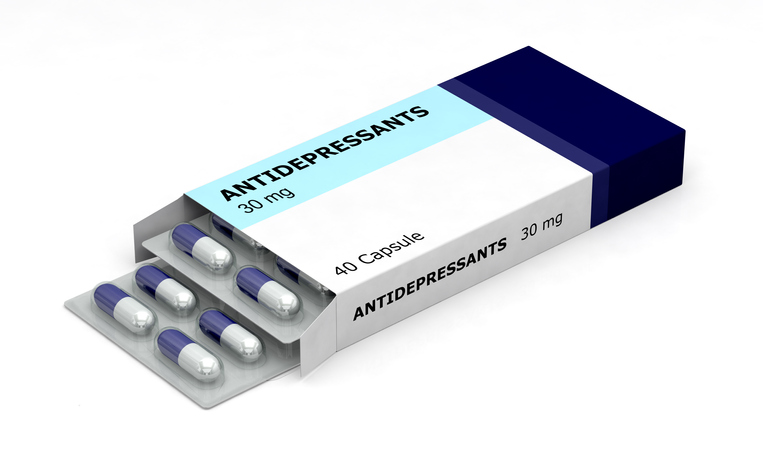Treatments
How THC Functions in the Body

What is THC?
Tetrahydrocannabinol, or THC, is one of the natural compounds found in cannabis, otherwise known as marijuana. THC is the psychoactive compound that creates the “high” associated with cannabis use.
How does THC function in the body?
THC interacts with the body’s cannabinoid receptors. Specifically, THC binds with the cannabinoid 1 (CB1) receptors. This interaction leads to the release of neurotransmitters, including large amounts of dopamine. This “feel good” chemical is responsible for the euphoric feelings associated with cannabis.
THC also affects neurons in the brain, known as pro-opiomelanocortin neurons, which are related to appetite. When THC interacts with these neurons, a hormone that promotes hunger is released. THC can also help reduce nausea. This makes THC beneficial for individuals undergoing chemotherapy treatment for cancer. The U.S. Food and Drug Administration has approved medications containing THC to treat nausea and improve appetite.
Potential risks of THC use
THC can have some negative effects on the brain and body. It affects the hippocampus, or the part of the brain responsible for processing information and forming memories. For this reason, the use of THC may lead to impaired judgement and difficulty forming new memories.
THC can cause other side effects including increased heart rate, red eyes, and anxiety. In high doses, THC can lead to panic or acute psychosis. Potential long-term side effects include addiction, respiratory problems, cognitive impairment, and an increased risk of developing schizophrenia or psychosis.


















